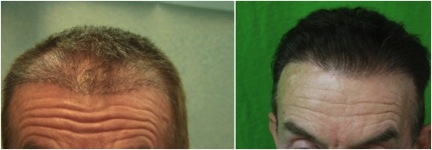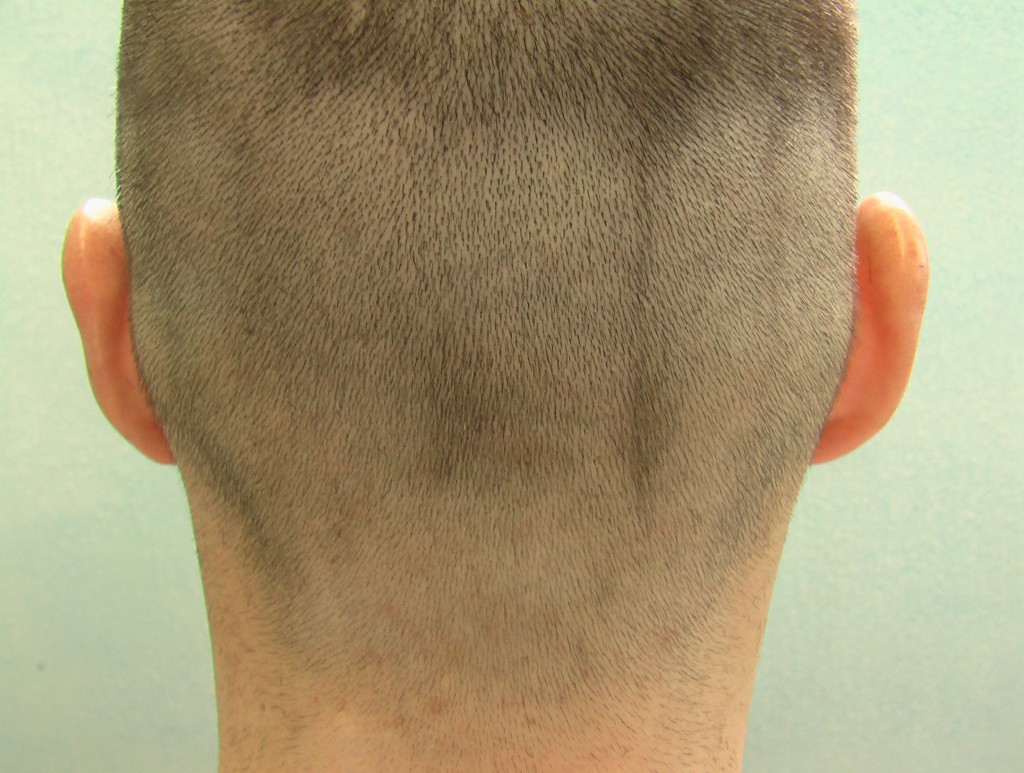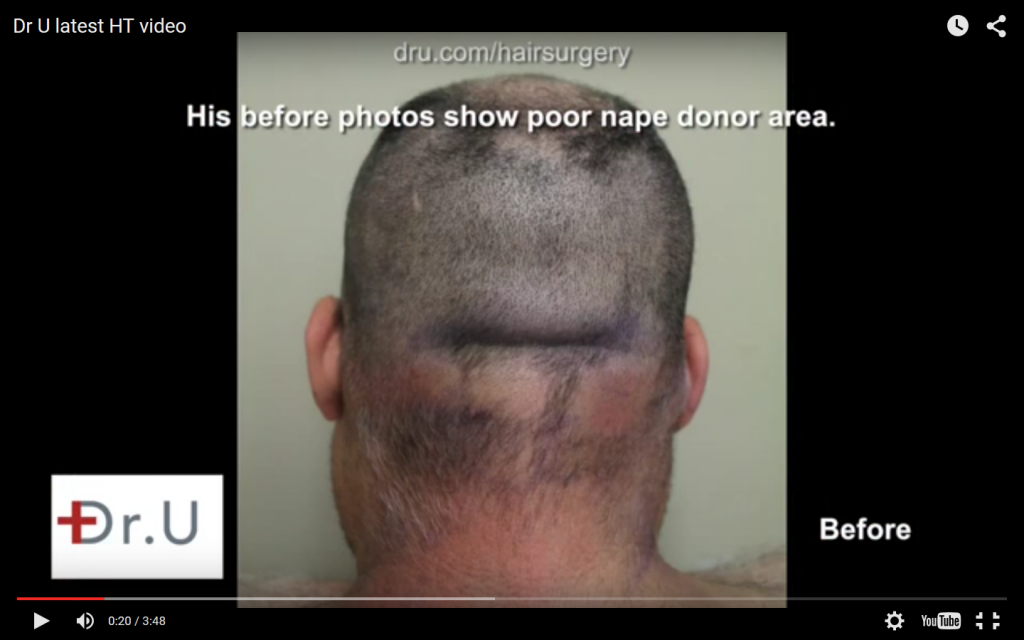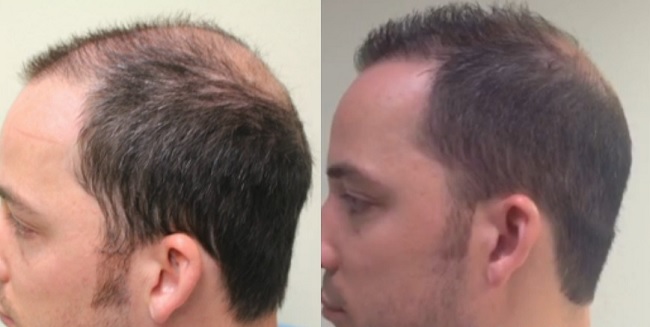This is no black and white area. The answer depends on several factors. Here are a few of them:
1. Need for Future Hair transplant: The severity of your hair loss affects your hair restoration.
If you come from a family with a strong ancestral presence of pattern baldness, you can look to Dad or Grandpa to give you a good idea of how much hair you might lose and how fast you’ll lose it. Those with severe baldness that continues to thin into their 50’s and 60’s may have to keep up appearances with additional grafts and reconcile to the reality of needing series of future hair transplant, since the progressive nature of MPB will cause hair to continue falling out around the permanent transplants.
If your genetics point to mild hair loss, or you’re okay with having moderate density, an advanced surgeon should be able to design your coverage so that a repair hair transplant won’t be needed.

2. Your hair restoration goals come into play.
If you want an aggressive hairline and thick coverage for the rest of your life, it’s likely you’ll need to undergo a second procedure down the line. If you are able to accept that some degree of hair loss happens with 85% of men over 50, one surgery performed by an experienced doctor should provide sufficient coverage to last a lifetime. The great thing about hair transplant is that you can always add more density if you want it, but it’s not usually necessary.
3. Your age affects your future hair transplant needs and results.
Getting your procedure done at the right age is a key element to the longevity of the results. In fact, most hair restoration clinics won’t even operate on someone under the age of 24 for this very reason. A premature surgery almost ensures the need for a repair hair transplant later on. By waiting until the right age, you’ve allowed most of the hair loss to take place and any further loss can be anticipated; blended in with clever graft placement.
Dr U has described the FUE Shave test which is a screening test for predicting those likely to develop severe baldness in the future. This is a valuable tool in planning hair transplant surgeries especially in younger patients


4. The surgeon has a significant influence on the long-term outcome.
It is important to choose a surgeon who is experienced, has excellent medical dexterity, and is known for his or her artistry. Such a surgeon will be able to take your genetics, your potential future hair loss, your goals, and your age into consideration and design the best hair restoration for you. With all these things weighed out, he or she will place each graft with the purpose of providing an aesthetic outcome that pleases you now and in the future.
In the most ideal circumstances, and with all these elements aligned, repair hair transplant should be a choice rather than a necessity.
Read Publication of FUE Shave test and predicting future hair loss pattern

